Dam Removal Europe publishes its 2020-2030 strategy
The goal that unites the Dam Removal Europe Partner (ERN is a co-founding member) since 5 years is the removal of obstacles in rivers, for free and living rivers. The movement, thanks to these partners with a rich diversity of skills from engineering and policy, conservation and field biology, to science, has grown rapidly and is now well established within European nature conservation.
As the Dam Removal Europe coalition expands and looks to the future, the team has created a strategy document outlining past, current and future goals for the upcoming decade. The mission aims to scale up the dam removal movement to all European countries and to help free Europe’s rivers from more than 100,000 obsolete and out-of -use barriers.
We know the benefits of dam removal (significant positive environmental impacts, cost effectiveness, support for job creation, etc.) and we want more people across Europe to know and choose this option for river restoration.
See our strategic report 2020 – 2030 which describes how we will increase our efforts and achieve our new goals.
More info see our DAM REMOVAL EUROPE page.



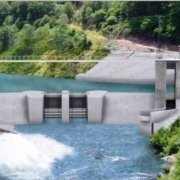
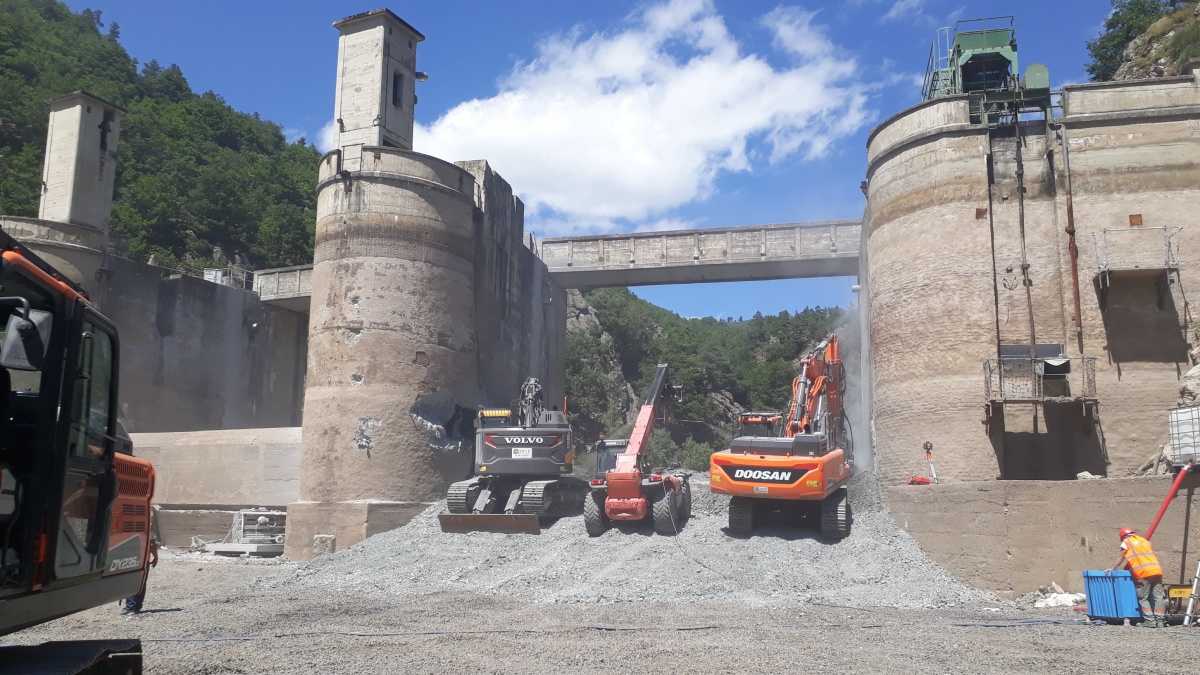
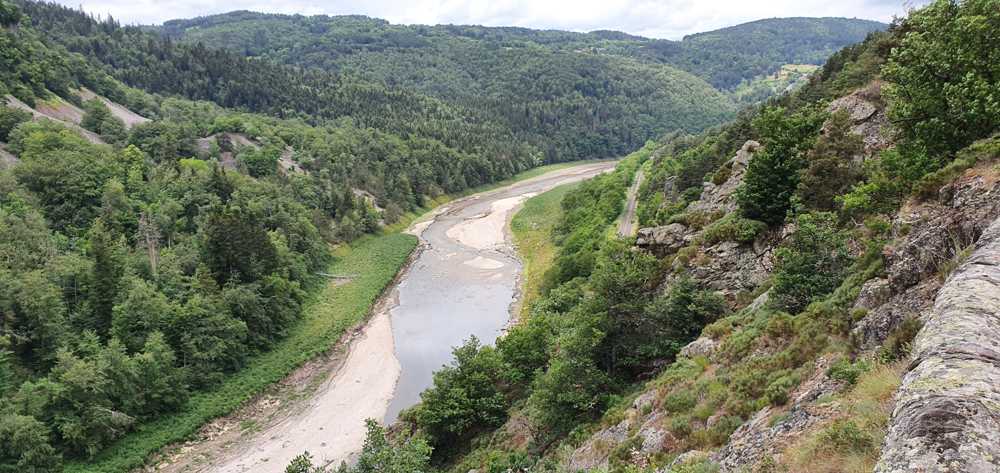
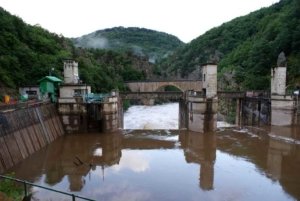

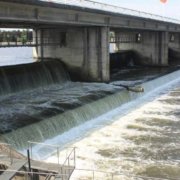

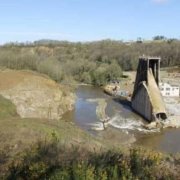


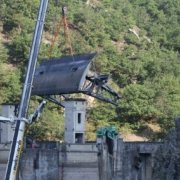
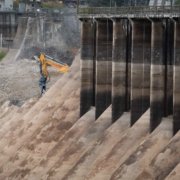
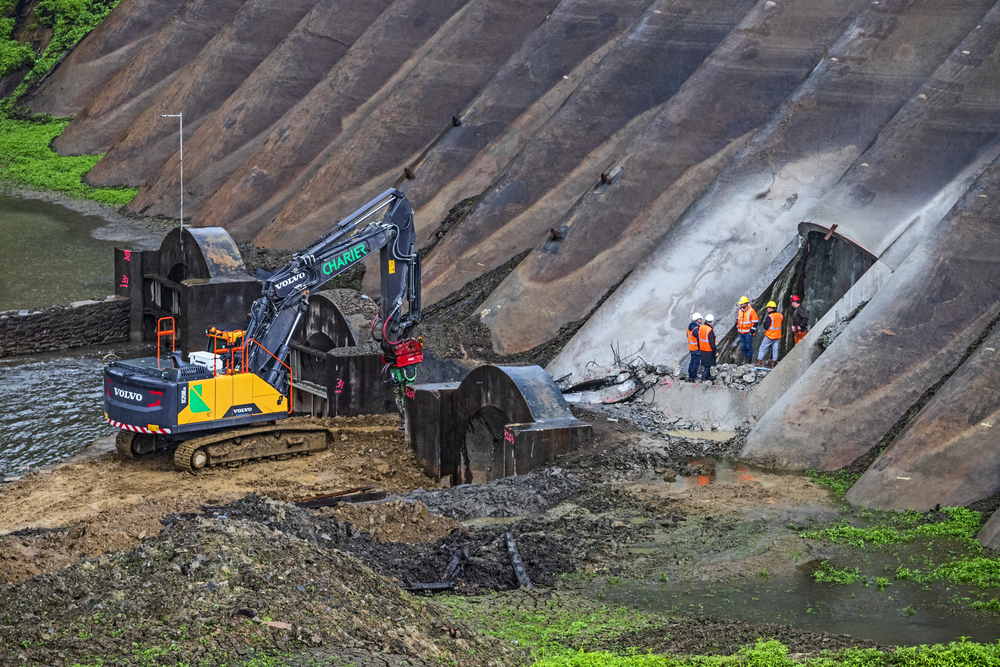
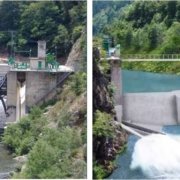

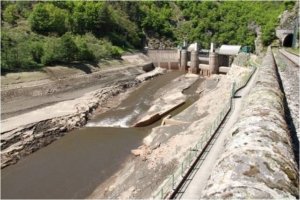
 ERN France
ERN France ERN is the official WWF Freshwater Partner in France and cooperates with WWF Switzerland, Austria, Netherlands and others
ERN is the official WWF Freshwater Partner in France and cooperates with WWF Switzerland, Austria, Netherlands and others